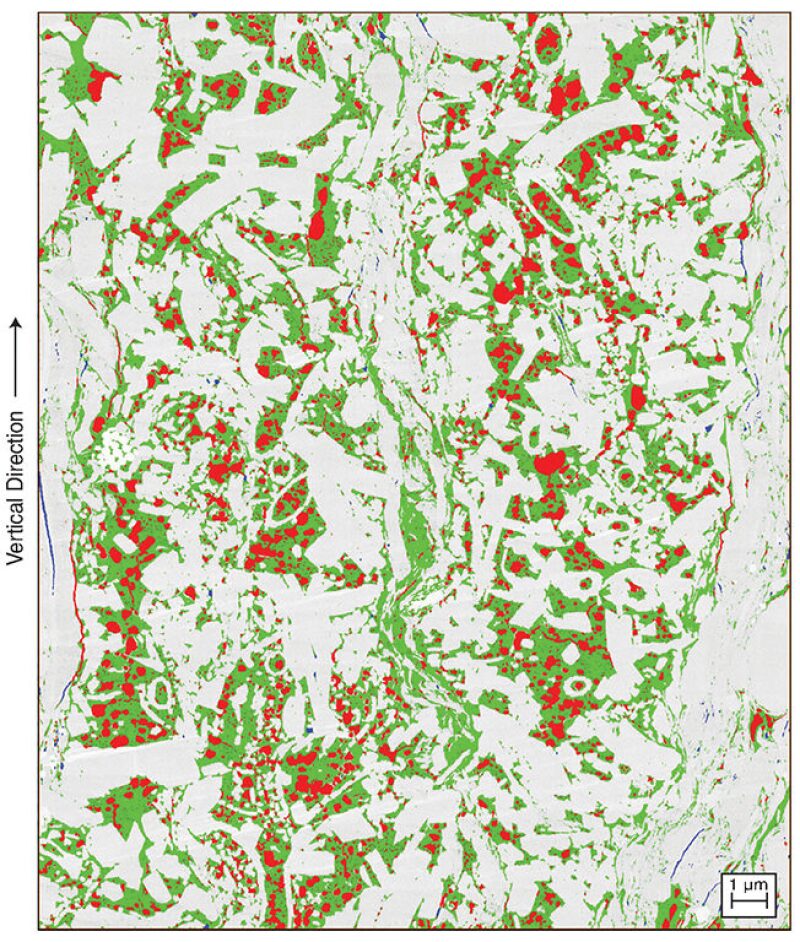When describing what Ingrain does for oilfield clients, the rock-testing company’s director of unconventional technology, Joel Walls, points out that it is “not just for science.”
He brings it up repeatedly because the company, known for being a pioneer in methods built on imaging ultratight rock at the core level, has built a business testing drilling cuttings to help identify productive, fracturable rock to help operators design better completions.
The pricing and turnaround time is designed to fit into the industry’s need to sharply increase the productivity of wells using better diagnostic testing at a time when drilling has greatly slowed.
“The asset teams and technology that remain in these (operating) companies are some of the best in the industry,” Walls said. With the slowdown there is time to consider what they need to do, plan, and do more testing. The testing is guided by the realization that production performance varies widely from well to well, and from stage to stage due to unpredictable variations in the rock.
Before the oil price crash, companies commonly would “optimize” a drilling program by doing a few heavily monitored science wells to establish a standard design for the many wells that followed.
Wide performance variations made a case for the value of adding individual well data. But there is a limit on the time and money available to do so.
“The objective is to do it relatively inexpensively on every well drilled,” he said. To deliver on that Ingrain had to develop a system to scale up that process to deliver results in time to be used to adjust completion designs based on field-scale data.
“The trend is doing it quickly and doing it in a repeatable fashion on a commercial scale” using current technology, Walls said.
The turnaround time can be days, but it is normally about a week, for a price that he said is in the same range with other new testing methods costing less than USD 100,000 per well.
The cutting testing program uses mineral and elemental tests to measure brittleness, which can highlight if sections can be effectively broken using hydraulic pressure, and a look at pore-scale imaging to quantify the hydrocarbon-filled pores, which provides a good estimate of permeability.
“Everyone is interested in drill cuttings,” Walls said, adding the qualification, “They may be doubtful we can get information they want from rock samples so small.”
That points to the toughest challenge facing those selling wide area analysis based on testing tiny rock chips drawn from cuttings gathered every 30 ft in laterals often 10,000 ft long. To select 10 to 20 representative samples, Ingrain has developed a machine learning algorithm capable of recognizing patterns along the wellbore and identifying which spots could offer a view of the big picture.
The data from these high-resolution scanning electron microscope images, and similar observations from other wells in the area, are used to spot trends and relationships in the rock properties and estimate the reservoir volume.


